There was also a surprise waiting for us in St Kilda, it actually is inhabited – there is a military station right on the beach. When we were visiting in 2021 there were almost finished with building the new houses, which were more in line with the landscape.
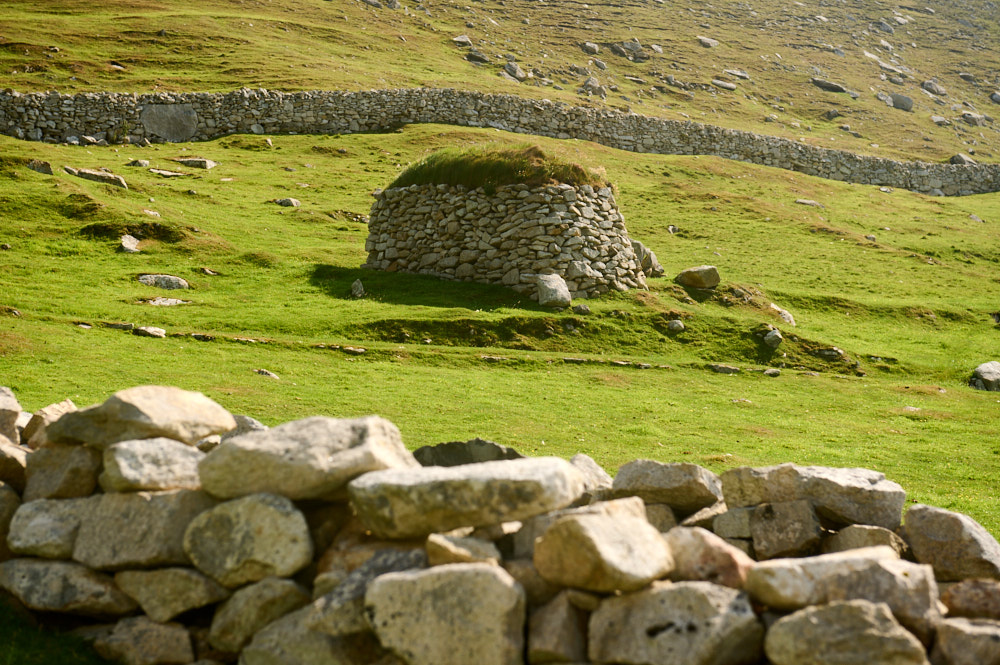
This tiny hut is older though, there are more than thousands of these little shelters and storage spaces in Hirta.
Arriving was an adventure in itself, we had to climb into a tender and landed with that one on the beach. But no worries, all is very safe and according to our skippers, nobody ever landed in the sea.
Having arrived in Hirta, the largest island of the St Kilda archipelago, we were greeted by Sue, one of the three National Trust of Scotland rangers who live in Hirta during the summer months.
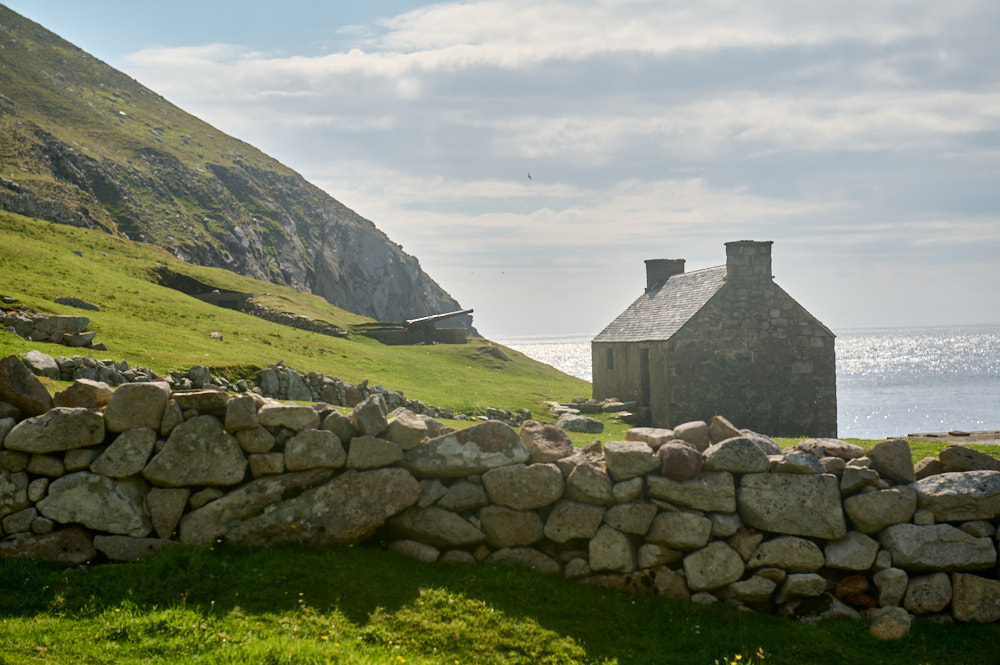
After a bit of an introduction to the island and especially to the wildlife living in St Kilda we were free to roam around the island.
This building used to store the feathers and other goods were kept to pay the rent to the Landlord, collected by the Factor.
The School
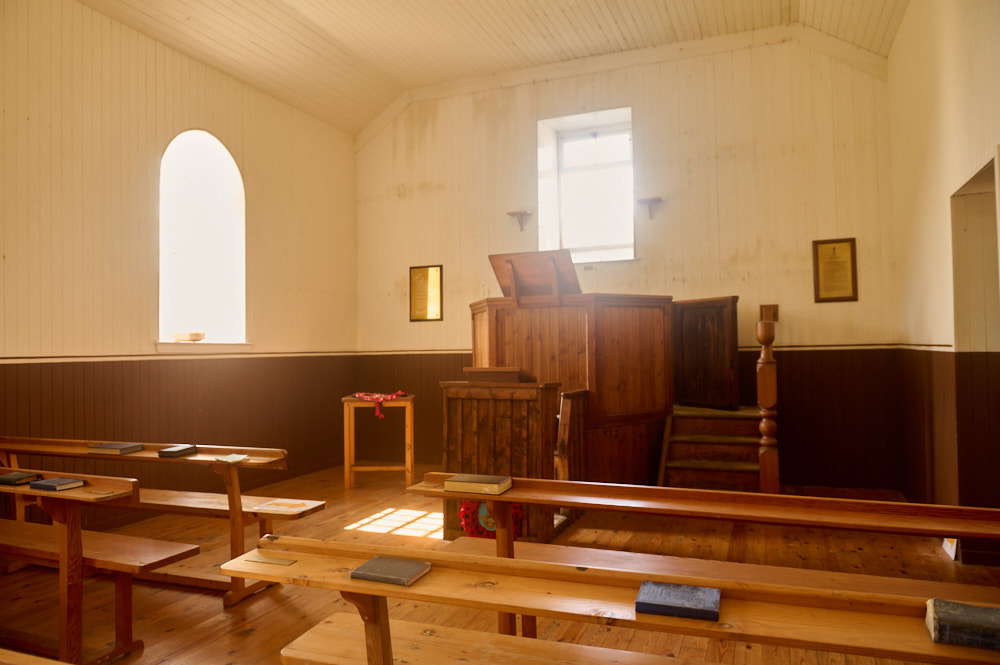
I started in the former school/church building which also houses a little museum and (honesty) gift shop. This is the “new” kirk built next to the manse in 1830, there is not a lot left from the two older ones in the village.
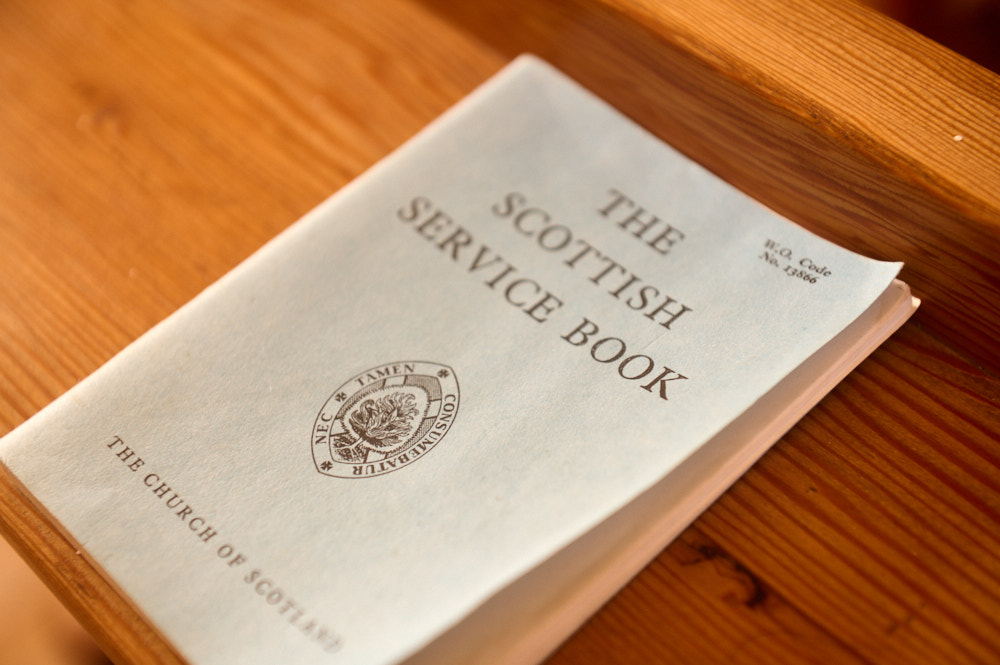
Daily life for St Kildans was similar to elsewhere in the Hebrides – they were Christian, spoke Gaelic, kept sheep and cows, grew cereals and vegetables, and fished, but their remote location resulted in some unusual customs. (National Trust for Scotland)
From the 18th century on ministers or missionaries were sent to the islands on a more regular basis. After the manse and the church were built there was a resident minister, and a school followed from 1884 on.
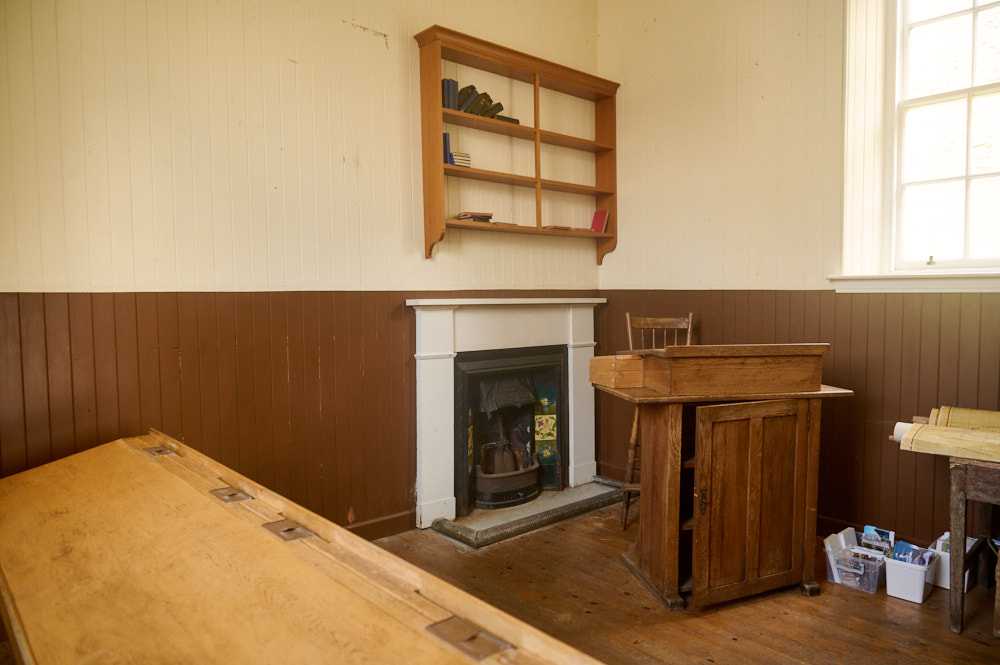
The school was restored to look like seen in pictures from the 1920ies.
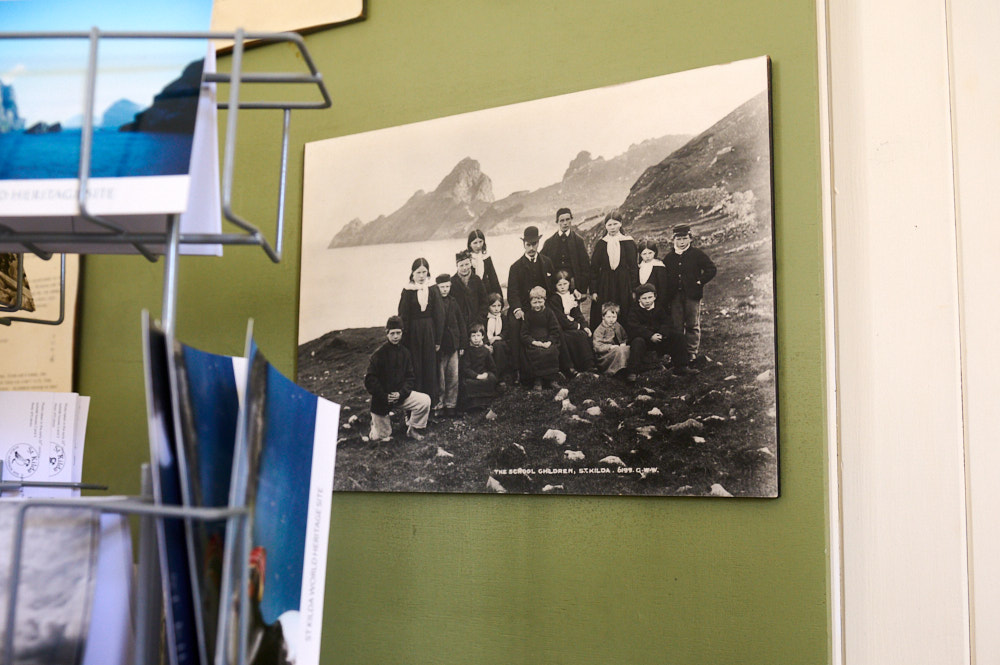
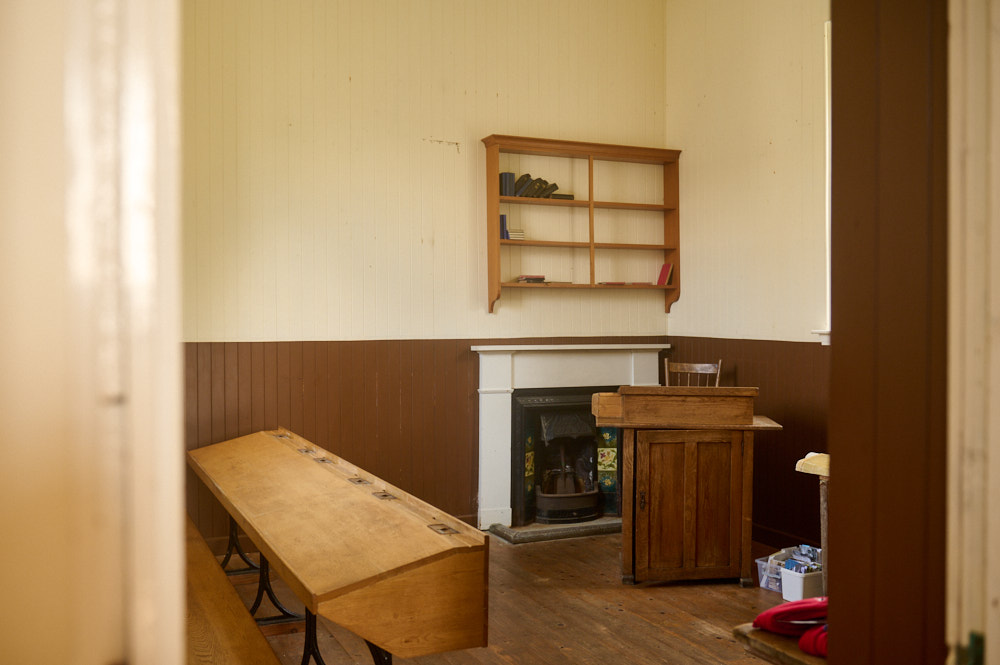
It was time to go back outside again!
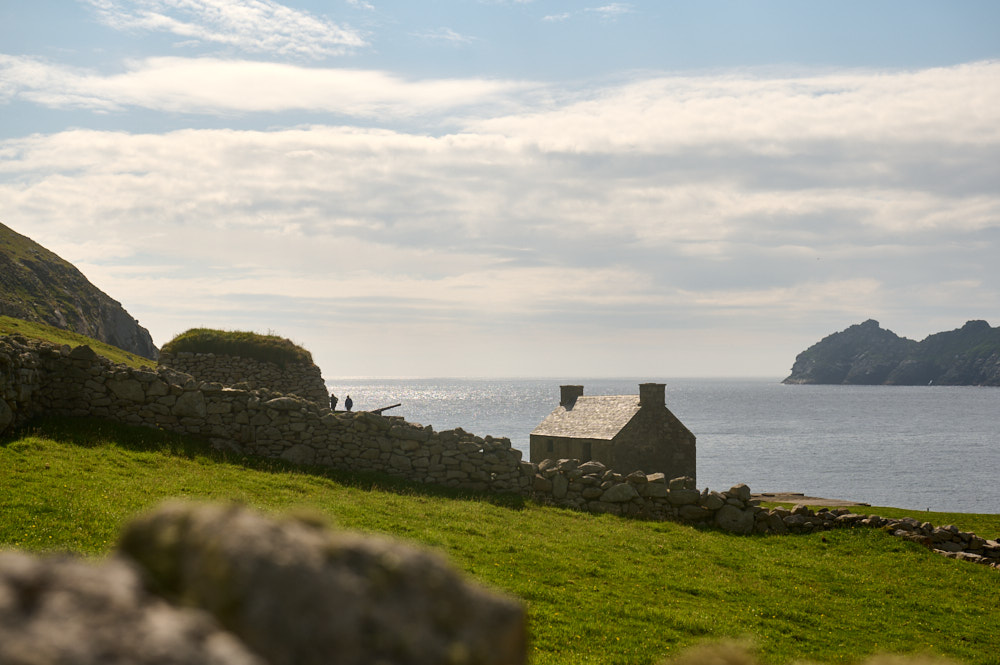
Another view towards the storage house and the canon from the first World War.
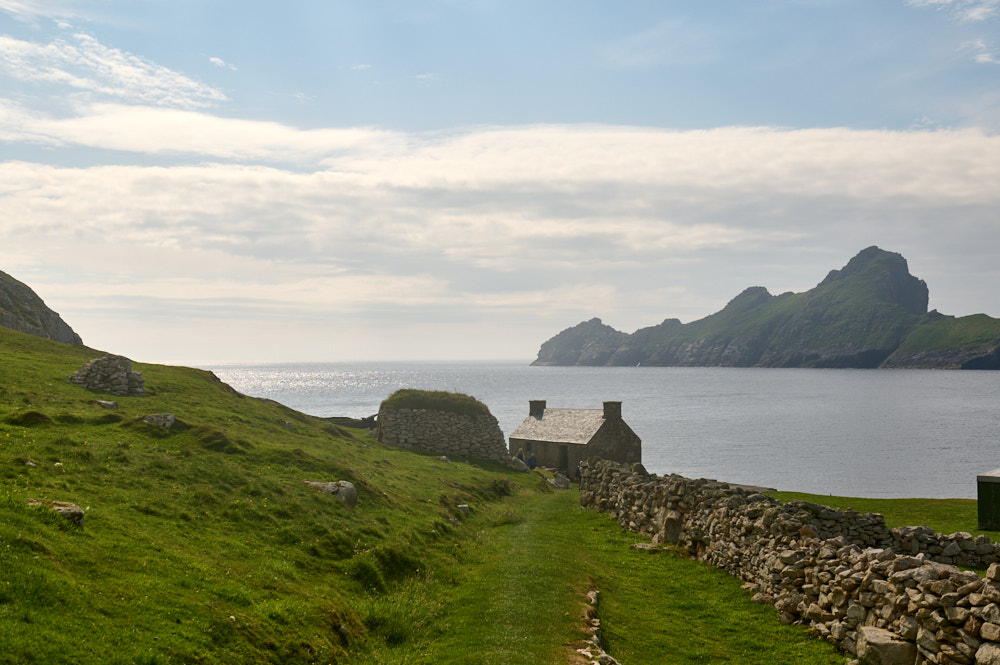
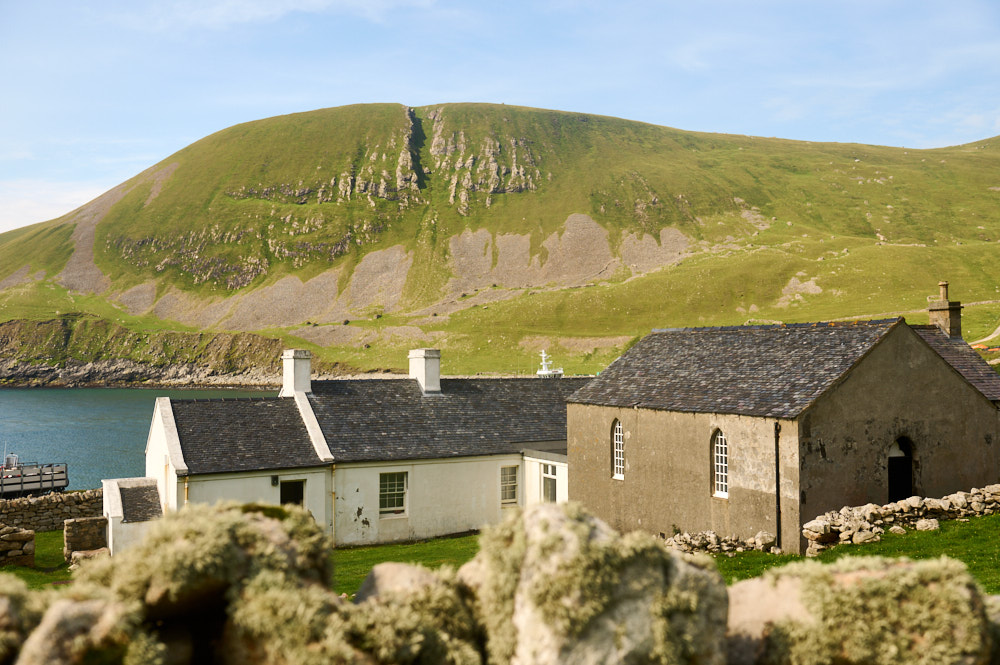
The manse and the kirk from the outside. The three rangers from the National Trust for Scotland are living and working in the manse from April to September – they tell us more about life and work in St Kilda on their blog.
The canon
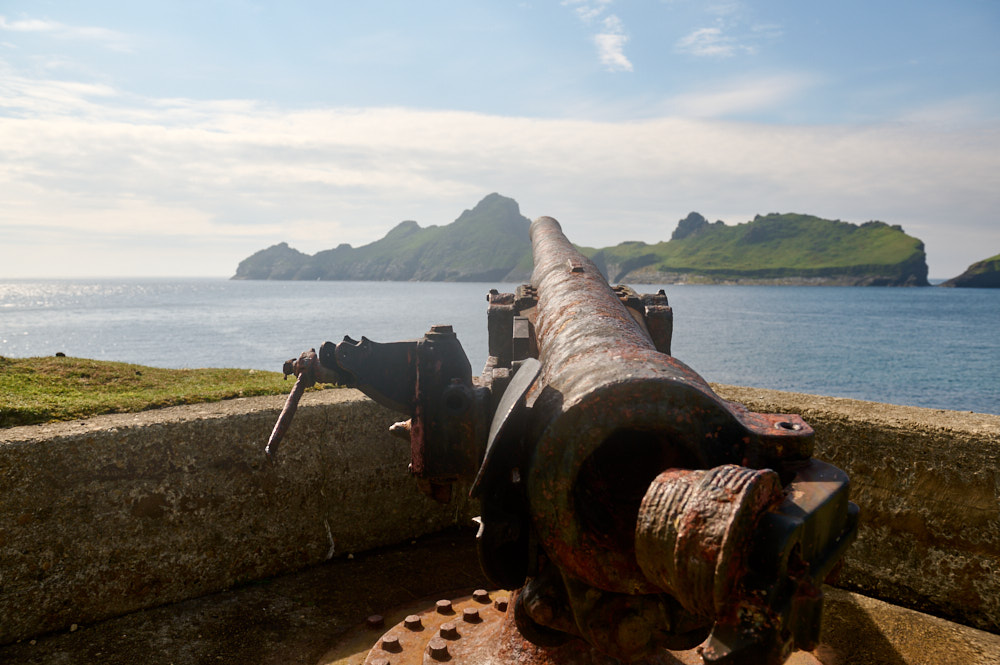
Early on during World War I, the British Navy erected a signal station on Hirta and daily communications with the mainland were established for the very first time on the islands.
On May 15 1918 a German submarine arrived in Village Bay and (after a warning) started shelling the island. The wireless signal station was destroyed, and the manse, kirk and storehouse were damaged, but nobody died, except one lamb.
It wasn’t what you would call a bad submarine because it could have blowed every house down because they were all in a row there. He only wanted Admiralty property. One lamb was killed… all the cattle ran from one side of the island to the other when they heard the shots. (Memories of an St Kildian)
After this incident, a very prominent canon was installed overlooking the bay, but never fired.
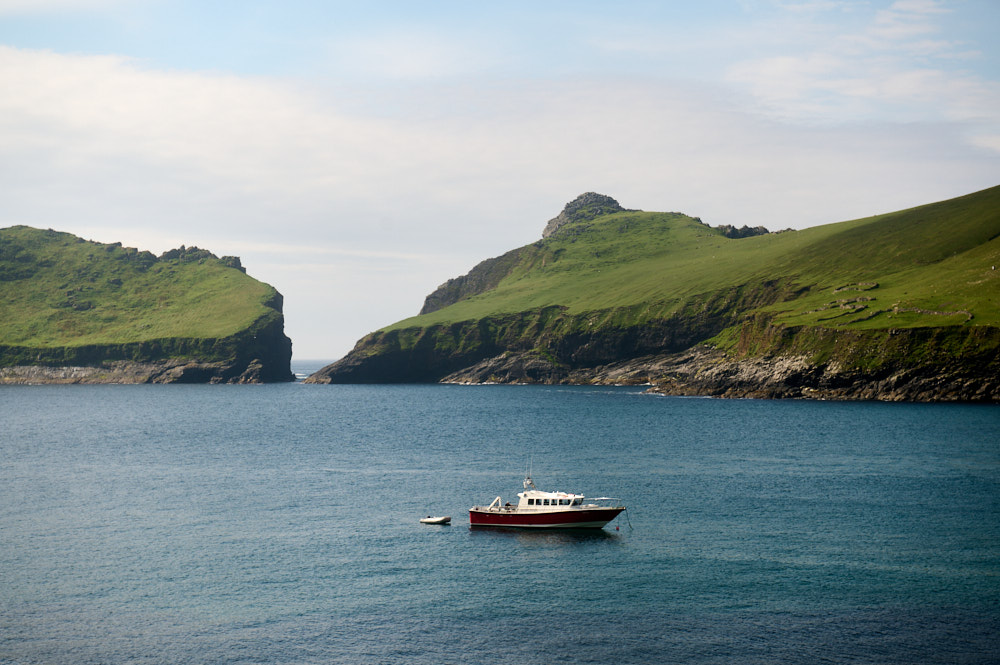
View of our boat and the tender taking a break in village bay.
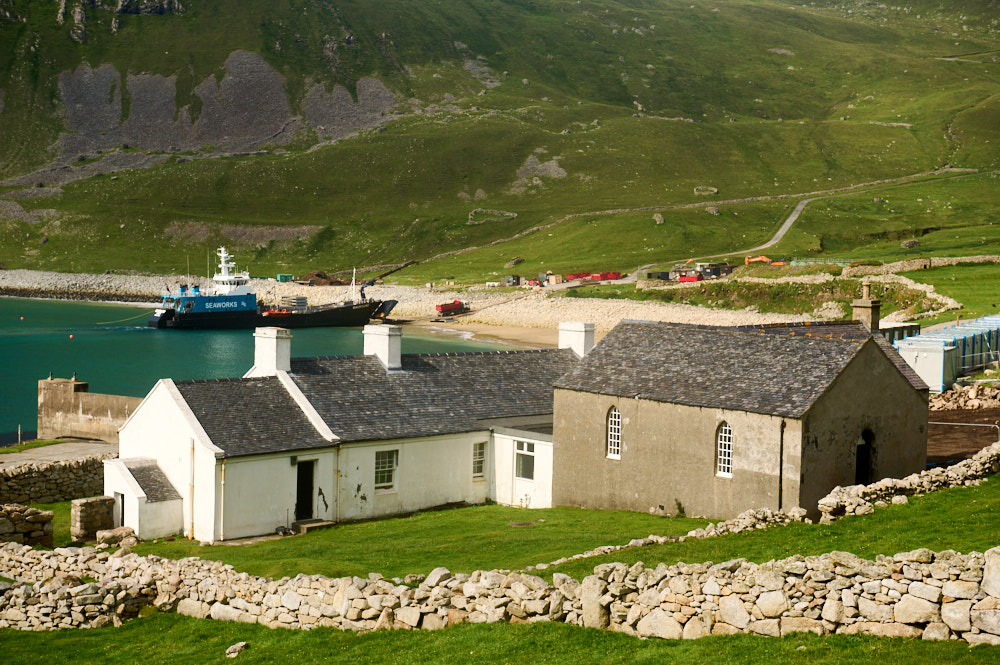
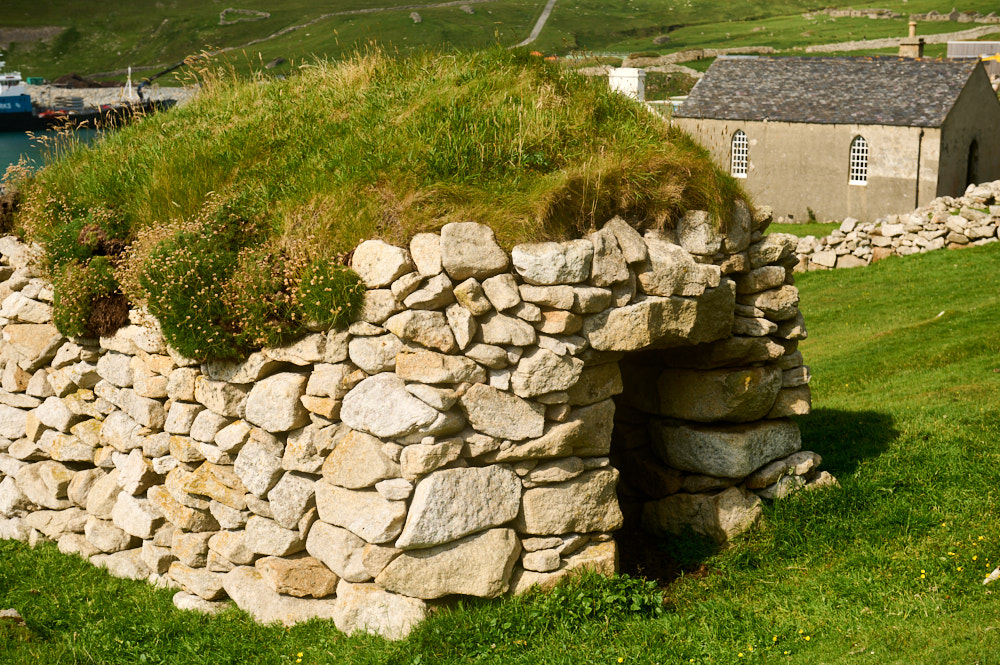
Leave a Reply